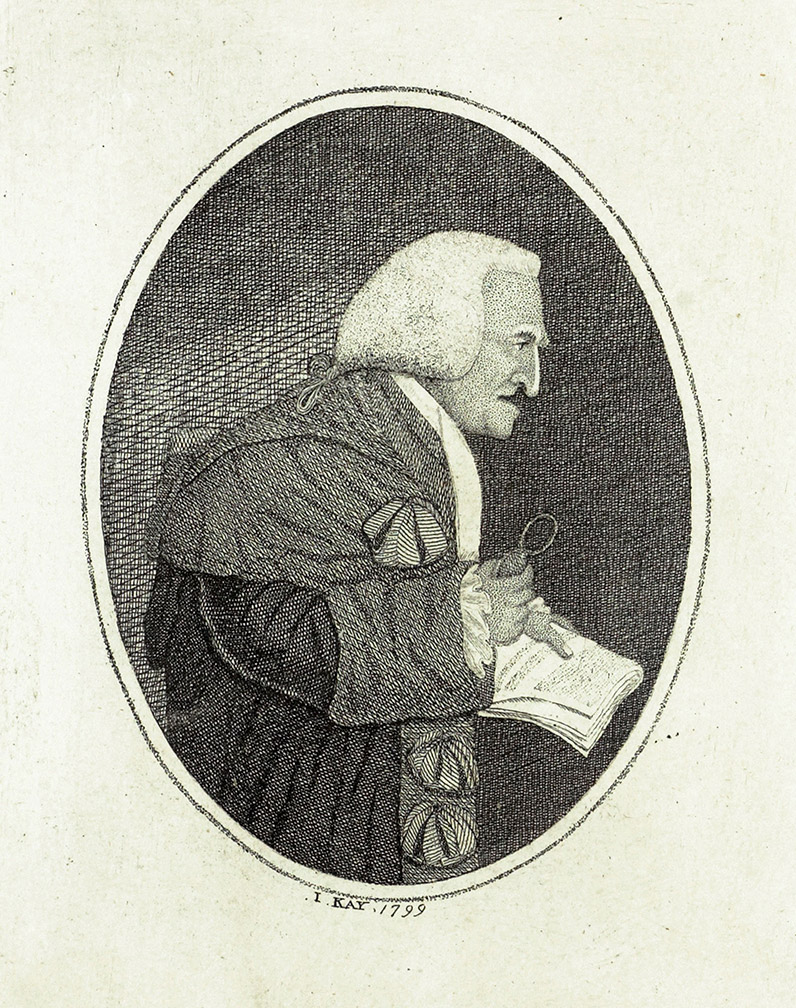Key People
James Burnett, Lord Monboddo (1714-1799)
Lord Monboddo, judge and philosopher, was a key figure in the social and intellectual life of the Scottish Enlightenment. He was born in Kincardineshire near the east coast of Scotland.
Monboddo acted as a patron for some of the key figures of the Scottish Enlightenment, including James Beattie. He was one of the founding members of the Select Society.
His major, though uncompleted, work was ‘Of the origin and progress of language’ (1773-92). In the first volume, Monboddo traced the natural history of man, exploring the origins of society and language. He suggested that the two were linked, and that language developed in reaction to changing social structures and environments. Monboddo is sometimes seen as an early proponent of evolutionary theories because of his studies of the development of humanity and human language.
Today, linguistic historians consider his work as the major British contribution to the Enlightenment debate on the origin of language.
